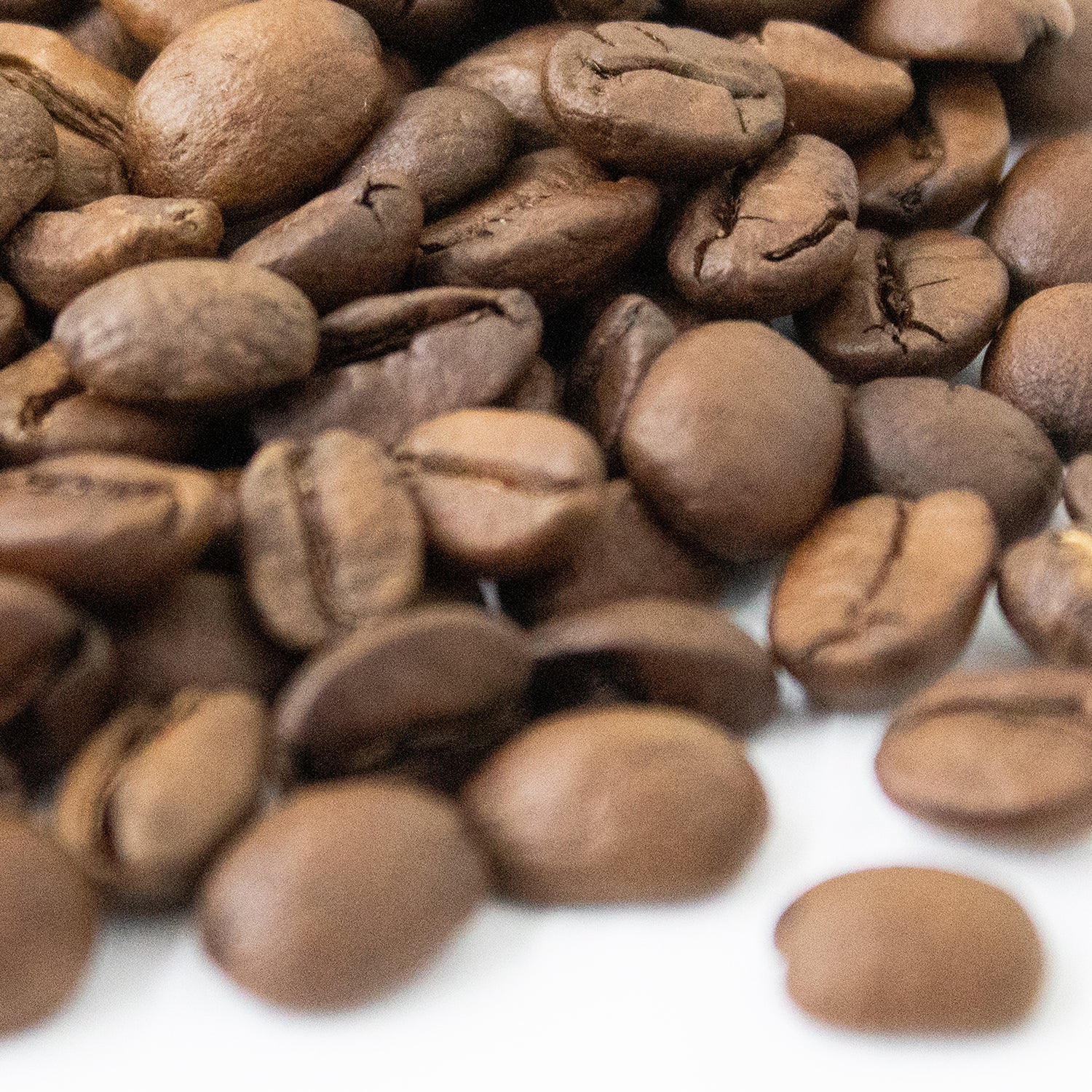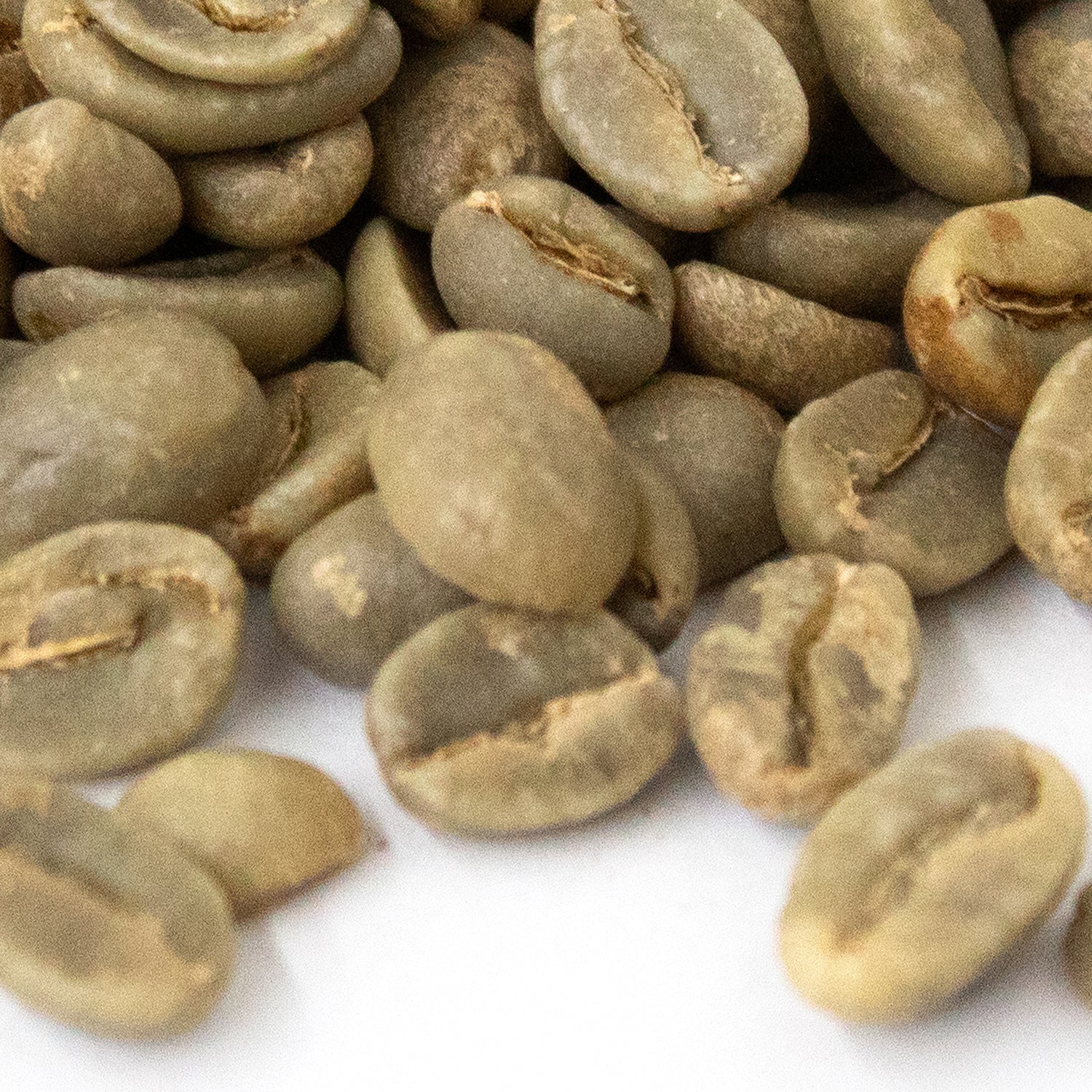Central American
Costa Rica Yellow Honey
Costa Rica Yellow Honey
This is from the Cerro San Luis mill in the West Valley region. It's a small family estate owned by two sisters and their husbands who process all of their harvest in small lots and focus on very high quality. Mills in Costa Rica often differentiate their different honey lots, and while there isn't yet a universal definition of the different colors, the basic idea is that it serves as a record for how long they allowed to beans to sundry. "White" is left in the sun the least amount of time and is the closest to being a washed coffee. "Yellow" is next longest and coaxes out gentle fruit and a little sweetness, then "Red" which is more pronounced fruit, and finally "Black" which is the closest to being a Natural Sundried process. So this is a Yellow Honey and it has a yellow plum fruitiness to it and a lot of sweetness and some caramel/toffee notes.
Honey Processed coffees tend to be some of the trickiest to roast. They need a lot of airflow (on our 70 pound roaster we only roast 25 pound batches so that they have maximum airflow around them. On an air roaster, they do better.) A few degrees difference at the end does give you very different results and it's a pretty easy coffee to mess up. Nudge the heat up gently, evenly, give it plenty of time to get through the 1st cracks, maybe wait 20 seconds more, let it out. If in doubt, err on the side of being too dark. Letting it go a degree or two to dark will give you a sweet, soft albeit boring coffee, but a degree or two too early gets you grassy flavored tartness, so take careful notes. When you get it right, you want to be able to repeat what you did! Keep the roast at 15 minutes or less. This goes against current roasting theory, but we almost let it stall out as it ends first cracks, and then give it more heat and less airflow for the last 30 seconds of the roast, and the bean really seems to like this.
A nice honey-like sweetness, slight caramel, slight cherry, and plum. The fruitiness comes out more as it cools. It has nice thick smooth body for a honey processed coffee, which is nice. It also makes decent espresso, with lots of crema, even as a light roast bean. We will have more complex/fruity Costa Rica honey coffees next month.
USA Arrival: August 2024








